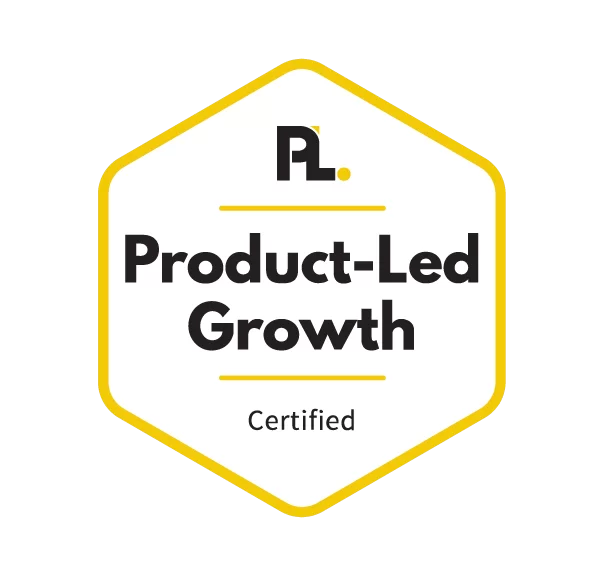If you’re a business owner struggling to get noticed online, you’re not alone. Local SEO Optimisation (Search Engine Optimisation) is one of the most powerful ways to increase your visibility and attract customers from your local area. But the world of SEO can seem overwhelming, especially if you don’t have a background in it. Luckily, improving your local SEO doesn’t have to be complicated.
This guide will walk you through the best practices for local SEO that you can implement, even if you’re not a technical expert. By following these tips, you’ll enhance your website’s visibility and ensure your business gets found by the right people—those in your area who are actively searching for your products or services.

1. Optimise Your Google Business Profile
One of the easiest ways to improve your local SEO optimisation is by creating or optimising your Google Business Profile (formerly Google My Business). This profile is what shows up when someone searches for your business or services in Google Maps or in the local results section of Google Search.
How to do it:
- If you don’t have a Google Business Profile, create one for free at business.google.com. Make sure to fill out all the details, including your business name, address, phone number, website, and hours of operation.
- Choose the right business categories that best describe what you do. Be specific; for example, if you own a pizzeria, choose “Pizza Restaurant” instead of just “Restaurant.”
- Add high-quality images of your business, products, and services to make your listing more appealing to potential customers.
- Encourage satisfied customers to leave positive reviews. Customer reviews are a big factor in how Google ranks local businesses.
2. Ensure Consistency in NAP (Name, Address, Phone Number)
Consistency is key when it comes to your business’s NAP (Name, Address, and Phone Number). These details should be exactly the same wherever your business appears online—whether it’s your website, Google Business Profile, or third-party sites like Yelp or Facebook. Inconsistent information can confuse search engines and reduce your chances of ranking well in local search results.
How to do it:
- Check every place your business information appears and make sure the NAP details are consistent across the board.
- Use a tool like Moz Local or Yext to scan the web for incorrect or outdated listings. These tools help you clean up and manage your business information on various directories.

3. Use Local Keywords
When people search for local businesses, they often include their location in the search, like “plumber near me” or “Perth coffee shop.” Including these location-based keywords in your website content is a great way to boost your local SEO.
How to do it:
- Identify keywords related to your business and services along with your location. For example, if you run a bakery in Sydney, keywords could include “best bakery in Sydney” or “fresh pastries in Bondi.”
- Include these keywords naturally in important places on your website, like in the titles of your pages, meta descriptions, headers, and throughout your content.
- Avoid overstuffing keywords, as this can negatively impact your SEO. The goal is to make the content informative and helpful for users while being relevant to your location.
4. Create Localised Content
Another way to strengthen your local SEO is by creating content that specifically relates to your area. This helps search engines understand that your website is focused on a particular geographic region, and it also gives you the opportunity to connect with your local audience.
How to do it:
- Write blog posts about local events, news, or topics that are relevant to your community. For example, if you own a gym, you could write a blog post on “Best Outdoor Exercise Spots in Perth.”
- Create location-based landing pages for each of the areas you serve. If you offer services in different suburbs, consider creating separate pages with localised content for each suburb.
- Include testimonials or case studies from local customers. This not only provides social proof but also boosts your relevance to local searches.
5. Get Listed in Local Directories
Being listed in reputable local directories can improve your local SEO and help you reach more potential customers. These directories often have high domain authority, which means that search engines trust them and are more likely to rank your website higher if you’re listed there.
How to do it:
- Get listed in popular local directories such as Yellow Pages, Yelp, Bing Places, and Hotfrog.
- Make sure your business information is consistent across all these listings (refer back to the importance of NAP consistency).
- If applicable, get listed in niche directories that are relevant to your industry. For example, if you’re a lawyer, getting listed on FindLaw can boost your credibility and visibility.
6. Optimise for Mobile
With the majority of searches now happening on mobile devices, it’s crucial that your website is mobile-friendly. Google uses mobile-first indexing, which means it primarily uses the mobile version of your website for ranking and indexing.
How to do it:
- Test your website using a Mobile-Friendly Test tool to see how well it performs on mobile devices.
- Make sure your website loads quickly on mobile, as page speed is another ranking factor. Compress images and reduce the size of any large files to improve load times.
- Use responsive design to ensure your website looks good on all screen sizes, whether it’s a smartphone, tablet, or desktop.
7. Focus on Backlinks from Local Websites
Backlinks—links to your site from other websites—are a key ranking factor in SEO. When reputable local websites link to your business, it tells search engines that your site is trustworthy and relevant to the local area. The more high-quality local backlinks you have, the better your chances of ranking higher in local search results.
How to do it:
- Reach out to local organisations, partners, or blogs and offer to collaborate on content or sponsorships that can lead to backlinks.
- Participate in local community events or charity work, and ask event organisers to link back to your website when they mention your business.
- Consider writing guest posts for local blogs or websites, offering your expertise in exchange for a link back to your site.

8. Monitor and Track Your Local SEO Performance
Local SEO optimisation is an ongoing process, so it’s important to track your progress to see what’s working and what needs improvement. By monitoring your rankings and traffic, you can adjust your strategy accordingly.
How to do it:
- Use Google Analytics and Google Search Console to track how much traffic your website is getting from local search and what keywords are driving that traffic.
- Tools like BrightLocal or Moz Local can give you insights into your local rankings, reviews, and citations, helping you refine your strategy.
Final Thoughts
Enhancing your local SEO visibility doesn’t have to be complicated, even if you’re not an SEO expert. By optimising your Google Business Profile, using local keywords, and focusing on consistency, you can make a significant difference in how your business is found by local customers.
If you’re looking for more tailored help or a comprehensive strategy to boost your local SEO, the team at Ignite Search is here to guide you through every step of the process. Contact us today for a free consultation!










